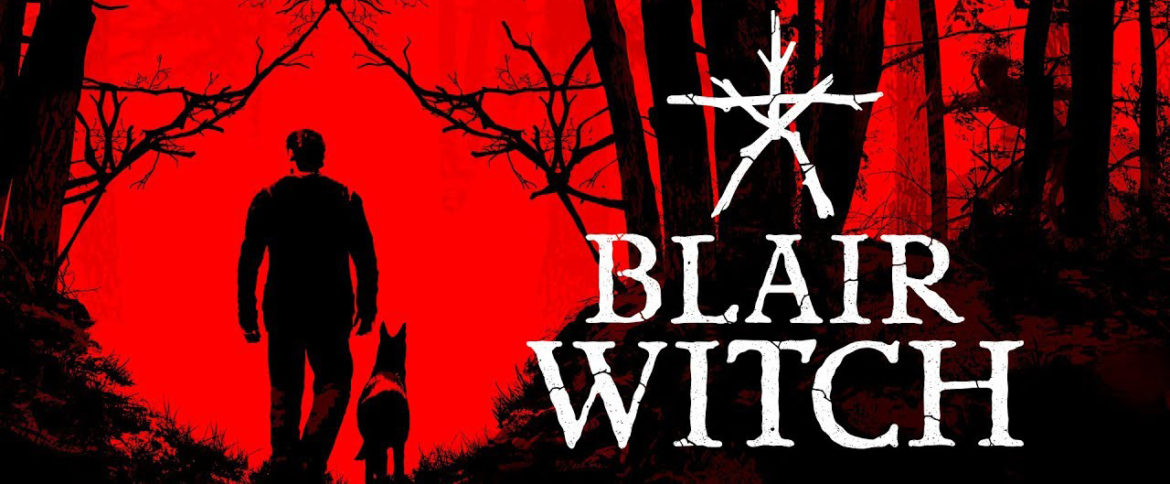TL;DR
The Blair Witch game attempts to capture the unsettling dread of the iconic 1999 film, immersing players in a dark forest search for a missing boy alongside a former cop and his loyal dog. While it delivers a compelling narrative and effective atmosphere through its sound design, the game's repetitive woodland traversal and significant graphical downgrades on Nintendo Switch, including blocky visuals and frequent texture pop-in, detract from the experience. Despite these technical issues, the game's use of a time-manipulating camera offers intriguing gameplay. It's considered the best Blair Witch sequel, but you'll want to see how it truly stacks up – dive into the full review!
In the autumn of 1999, The Blair Witch Project premiered; an extremely low-budget horror film distinguished by its shaky handheld camera work and deliberately poor video quality. Even now, it remains one of the most unsettling cinematic experiences I’ve had. The narrative approach, coupled with the pervasive dread that nightfall would bring renewed terror, was exceptionally effective. Experiencing the film with a packed cinema amplified the anxiety and dread through group dynamics, making for a truly immersive and nerve-wracking experience. However, upon subsequent viewings on DVD, the impact diminished significantly, lacking the intense atmosphere of the theatrical release.
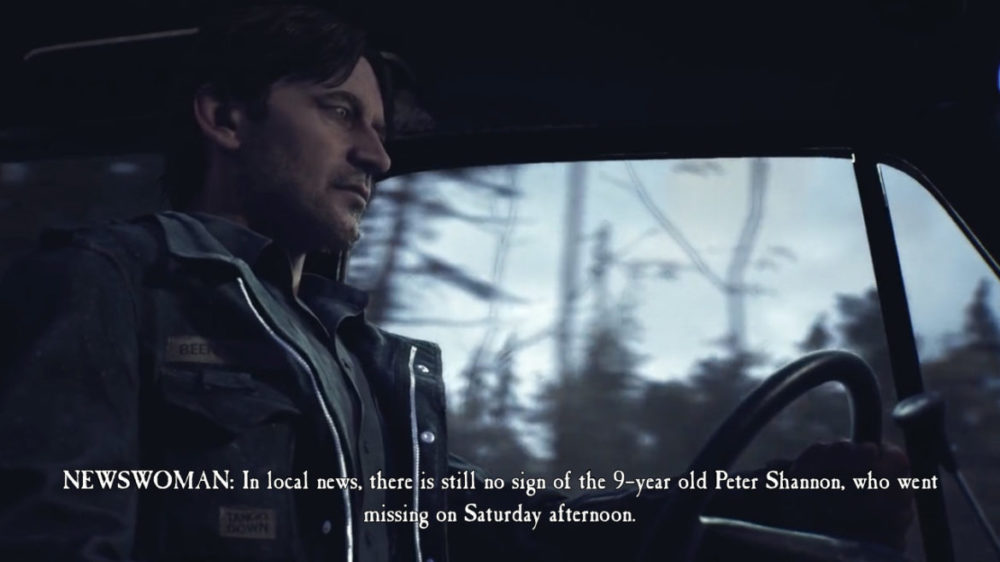
The film spawned two sequels, neither of which captured the impact of the original. They largely became repetitive and uninspired iterations of the first film’s themes. Consequently, the announcement of a game based on the Blair Witch legend piqued my interest. Could a video game surpass the source material?

Blair Witch is set in 1996, revolving around the disappearance of a young boy in the Black Hills Forest. Law enforcement initiates a large-scale search operation. The player assumes the role of Ellis, a former police officer grappling with a troubled past. Arriving late to the search, he ventures into the woods accompanied only by his loyal canine companion, Bullet. It soon becomes apparent that the forest conceals dangers beyond conventional understanding.
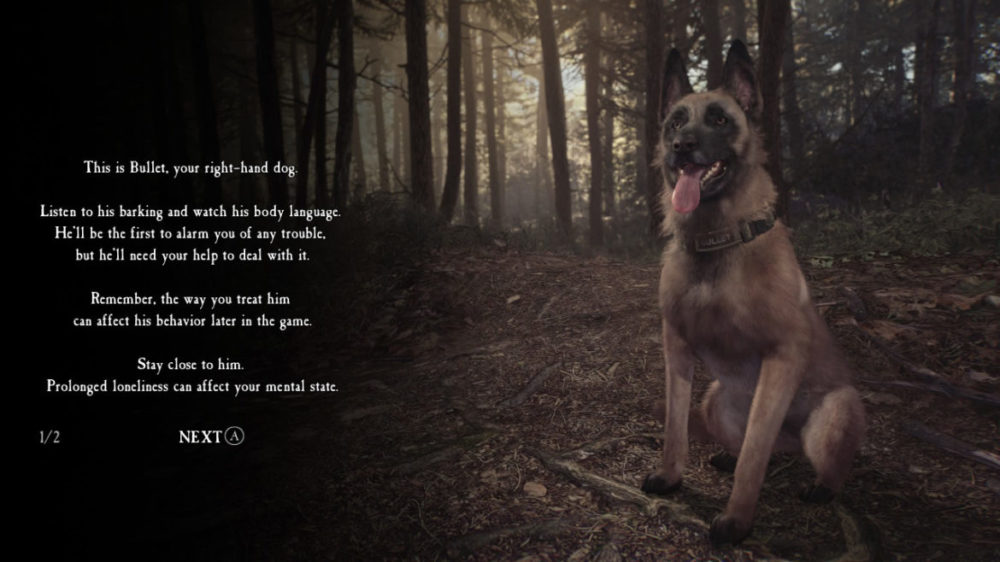
Blair Witch immediately draws the player into its narrative, gradually revealing details about Ellis’s character as he progresses deeper into the forest. The game incorporates branching paths, influenced by player choices. As the situation intensifies, insights into Ellis’s psyche emerge. Bullet, Ellis’s dog, serves as a crucial companion, essential for navigation and survival within the dense forest. Bullet can be instructed to locate points of interest. Later in the game, players acquire a video camera that enables manipulation of time and reality. While initially perplexing, the camera mechanics become increasingly compelling, driving the player to explore further and uncover more clues.
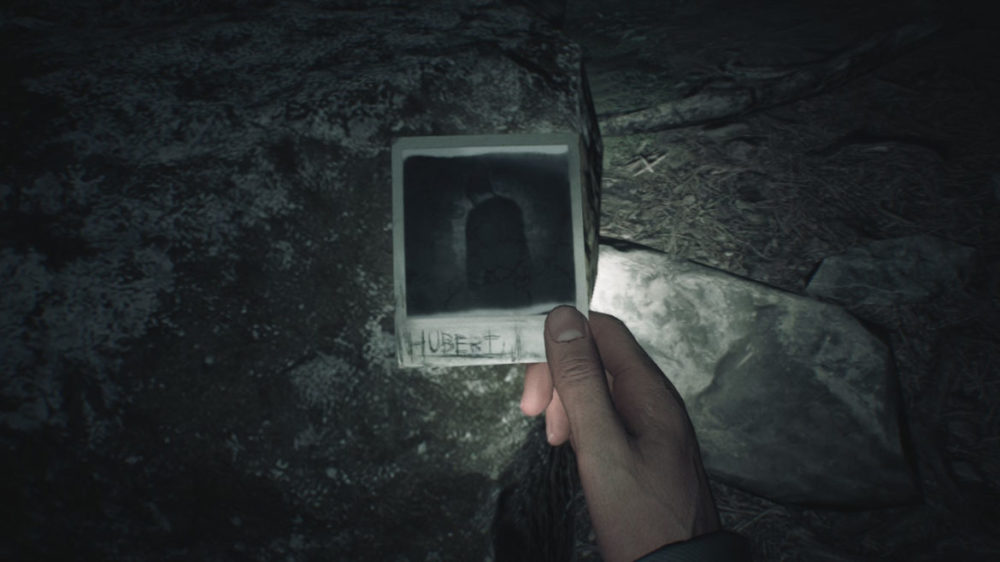
However, the extended periods spent traversing the woodland environment can become somewhat repetitive. Divergent gameplay segments are limited in duration. At times, the urge to disengage from the main objective and instead play Snake on Ellis’s mobile phone became surprisingly strong.
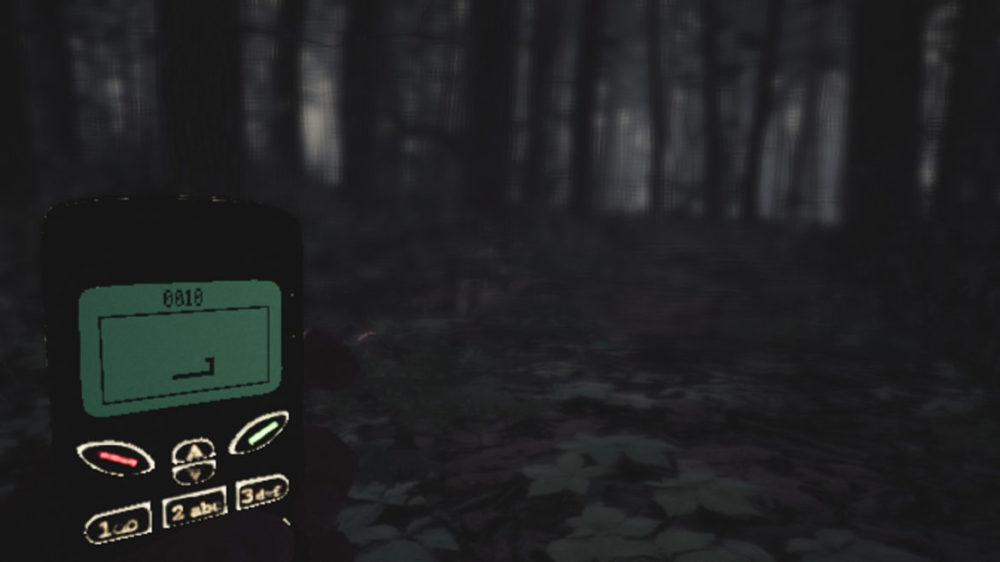
Yet, patience is rewarded. The immersive sound design and soundtrack contribute significantly to the atmosphere, cultivating an unsettling sense of dread and anticipation as players navigate the unknown. The essence of the original film is preserved, creating a chilling experience.
Upon initial play, the game appeared older than its actual release date (originally launched on other platforms in 2019). There was a misperception that the game was significantly older. Research revealed that the Nintendo Switch version required substantial graphical downgrades to achieve acceptable performance. This compromise detracts noticeably from the overall experience. Visuals appear blocky and lack vibrancy, and instances of texture pop-in are frequent, indicating a suboptimal port. While Blair Witch maintains a reasonable level of playability, load times in portable mode are protracted. Similar to Bioshock: The Collection, the intensely dark night sequences suffer from poor visibility in portable mode unless played in a completely darkened environment.
In conclusion, Blair Witch stands as the most compelling and engaging sequel to the 1999 cult classic. Despite graphical shortcomings, the game presents a genuinely intriguing narrative that effectively immerses the player. I recommend experiencing it with quality headphones, perhaps in a secluded cabin or even a tent deep within the woods.
